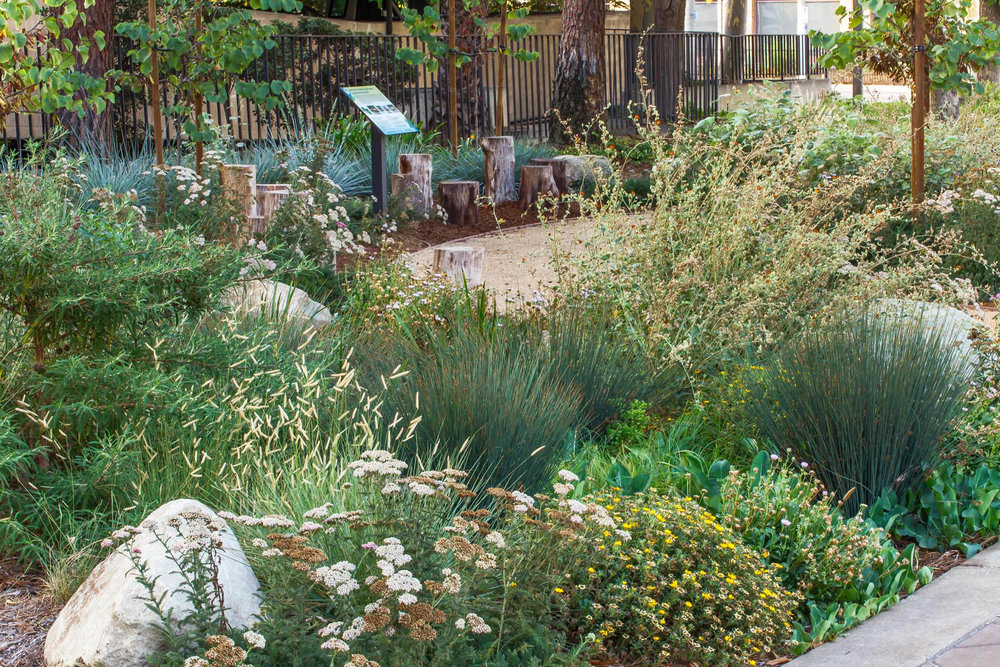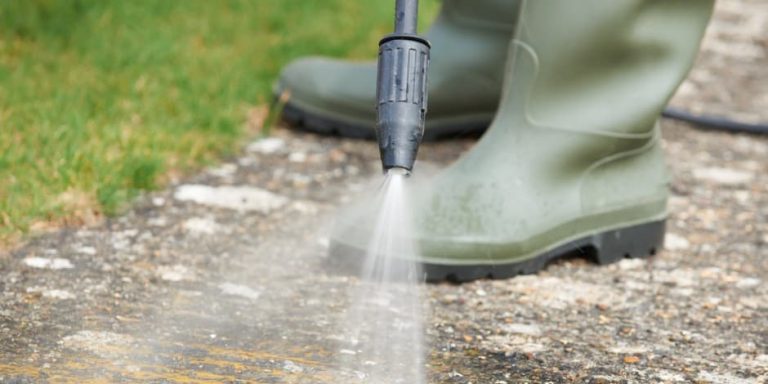
In the world of power washing, managing runoff isn’t just about following regulations—it’s about preserving natural landscapes and safeguarding local ecosystems. One of the most sustainable and effective ways to do this? Rain gardens and natural buffer zones. 🌻🌎
These eco-friendly landscape features play a powerful role in intercepting and filtering runoff, especially from residential and commercial properties that regularly use pressure washing to maintain cleanliness.
Let’s explore how these natural systems work, how they help mitigate the environmental impact of power washing, and how you can incorporate them into any property for a greener clean.
💧 The Problem with Runoff
Power washing produces more than just clean surfaces—it also generates significant volumes of water runoff. This water may carry:
- Detergents and surfactants 🧴
- Dirt, oil, and grease
- Paint chips and heavy metals
- Pesticides or herbicides from adjacent surfaces
When this polluted runoff flows unchecked into storm drains, creeks, or soils, it can:
- Harm aquatic life
- Disrupt soil microbiomes
- Increase urban flooding risk
- Pollute drinking water sources
Most pressure washing runoff is non-point source pollution—meaning it comes from many dispersed sources, making it harder to regulate and clean up. 🛑🌊
🌿 What Are Rain Gardens and Natural Buffers?
Rain gardens and natural buffers are landscape features designed to slow, absorb, and filter water before it reaches waterways or sensitive areas.
🌧️ Rain Gardens:
- Shallow, planted depressions in the landscape
- Filled with native plants that tolerate both dry and wet conditions
- Designed to capture and soak in stormwater and runoff
🌾 Natural Buffers:
- Strips of vegetation or grasses (often along driveways, fences, or waterways)
- Serve as physical barriers that filter water and trap sediments
- Help stabilize soil and prevent erosion
Together, these features create a living filtration system for runoff—including water generated by power washing. 🌱
🛠️ How They Work for Power Washing Sites
Rain gardens and buffers are particularly effective near:
- Driveways and parking lots
- Commercial storefronts and sidewalks
- Patios, pool decks, and outdoor dining spaces
- Residential home perimeters
As power washing runoff flows over the property:
- Water is directed into the rain garden or buffer zone
- Soil and root systems absorb and filter pollutants
- Any remaining water recharges groundwater, not storm drains
No costly filtration equipment. No industrial drainage. Just nature doing what it does best. ✅🌍
Browse Amazon Here For Top Rated Power Washers And Accessories
🧼 Runoff Filtration Benefits
Here’s what rain gardens and buffers offer for properties that use power washing:
- 💧 Water quality protection – traps pollutants before they reach storm drains
- 🌾 Erosion control – stabilizes surrounding soil after high-pressure washing
- 🐝 Biodiversity boost – attracts pollinators and beneficial insects
- 🧯 Fire risk reduction – in arid climates, green spaces reduce urban heat
- 💸 Cost savings – reduces reliance on artificial drainage and treatment systems
They also help meet green building requirements and may earn credits for LEED or local sustainability programs.
🌻 How to Design a Rain Garden for Power Washing Sites
1. 📍 Choose the Right Location
- Slightly downhill from the main wash area
- Away from buildings and septic systems
- In a spot that naturally collects water
2. 🌱 Pick the Right Plants
- Native grasses, rushes, sedges
- Deep-rooted flowering plants (coneflower, milkweed, goldenrod)
- Avoid non-native ornamentals and shallow-rooted species
3. 🪨 Improve Soil Infiltration
- Mix compost and sand into subsoil
- Install a layer of gravel or crushed stone for better drainage
- Consider a berm around the garden to retain runoff
4. 🚧 Add a Pre-Treatment Zone
- Create a “settling area” with rocks or mulch to slow down fast runoff
- Acts like a mini sediment trap before water enters the garden
📋 Maintenance Tips
Rain gardens and buffers are low-maintenance but not no-maintenance:
- Weed 2–3 times a year
- Replant dead or weak vegetation annually
- Clear sediment or debris from inlets and berms
- Check after heavy rains or big power washing jobs
Maintained correctly, they can last for decades and remain highly effective. 🌧️🧑🌾
🧠 Final Thoughts
Power washing will always generate runoff—but how we manage and filter that water makes all the difference. By installing rain gardens and natural buffer zones, property owners and power washing professionals can turn what would be pollution into an opportunity for sustainability, biodiversity, and beauty.
It’s a win-win: clean properties and a clean environment. 🌼♻️
Browse Amazon Here For Top Rated Power Washers And Accessories






